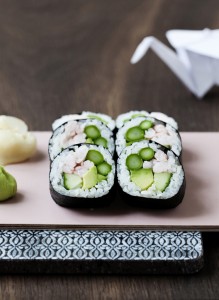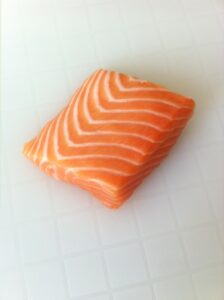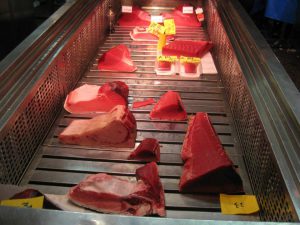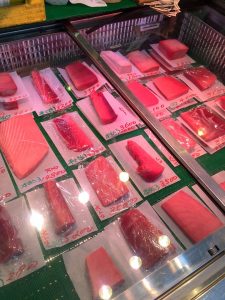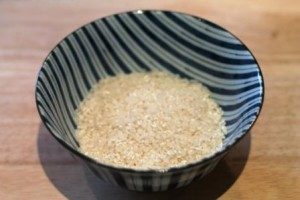Yep, it is true. You can still eat sushi as usual, even if the prices have increased. There are several different ways to eat sushi.
Sushi is a dish that is perfect for lunch, dinner or special events. Denmark is one of the countries where sushi is eaten all year round.
Just like in Japan, more people choose to eat sushi as take-away. After a long day at work, it is nice to sit down at the dinner table with sushi from your favorite sushi restaurant.
– As a family, it has become more difficult to eat sushi a few times a week. Several have also opened their eyes to making sushi themselves.
– The advantage of learning to make sushi from a Japanese sushi chef is that you learn the Japanese techniques and tricks behind tasty sushi.
– You learn where to buy the ingredients that are suitable for sushi and avoid wrong purchases.
– You learn about fish and what you should pay attention to when buying fish. That way you get the most bang for your buck.
– Step by step, you learn how to make delicate and tasty sushi with your favorite ingredients.
Read more about Sushi course for beginners
_
Zoë has lectured and held sushi courses for A. P. Moller – Maersk, Hugo Boss Nordic, Novo Nordisk, Novartis, Velux, Gorrissen Federspiel, Beierholm revision, Elbek & Vejrup and many more.


